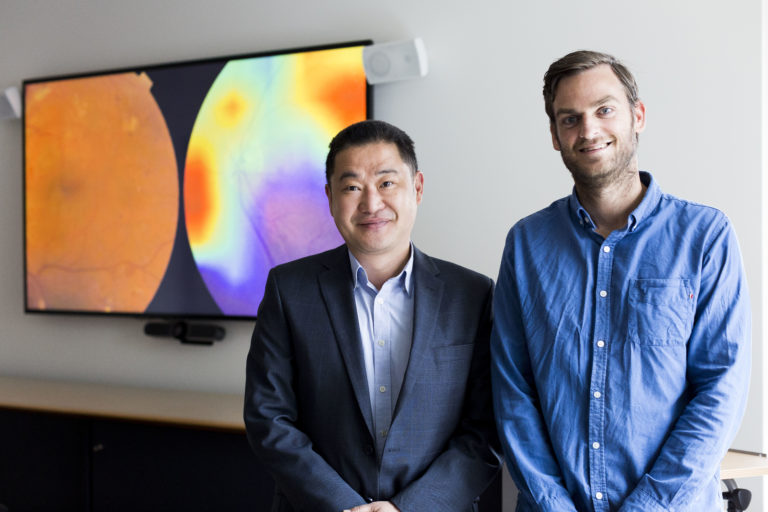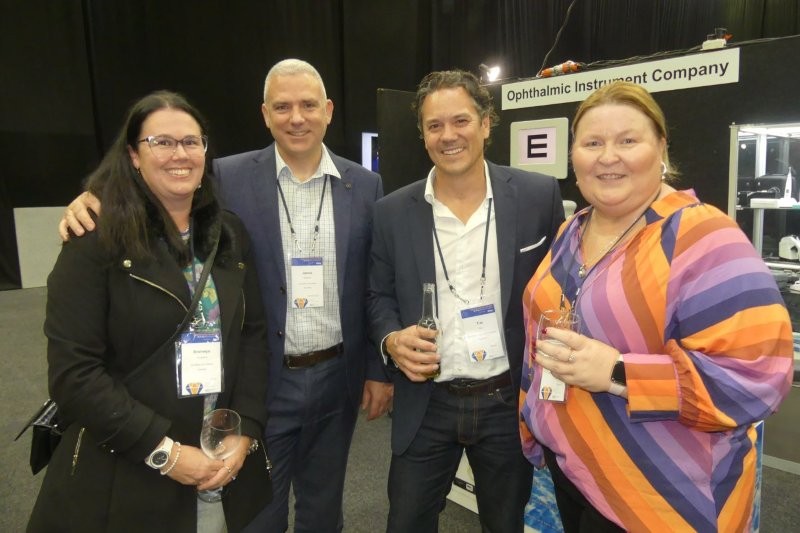CERA tests AI screening
New research led by the Centre for Eye Research Australia will test the effectiveness of an artificial intelligence (AI)-based technology in providing much-needed eye screening services in remote and regional Australia.
The project aims to increase access to eye checks for people who are currently missing out, including Indigenous Australians and people who live rurally or in underserved areas.
Led by CERA’s Professor Mingguang He and research fellow Dr Stuart Keel, in partnership with the Brien Holden Vision Institute (BHVI), the research project will run a clinical trial to test the clinical effectiveness of the new technology. They will also evaluate how it is accepted by patients and health professionals compared to standard care.
Primary care services in regional and remote Australia will take part in the trial, funded by the National Health and Medical Research Council (NHMRC) Partnership Projects Scheme.
To screen patients the AI system applies an algorithm to standard retinal photographs, picking up signs of common blinding eye diseases, including diabetic retinopathy, glaucoma, age-related macular degeneration (AMD) and cataracts. Seconds after taking a photo of the eye, it generates a report indicating whether the patient needs to be referred to a specialist for further assessment and treatment.
“Vision impairment and blindness are significant public health problems in Australia, with up to 50% of major eye diseases remaining undiagnosed,” says Prof He. “Artificial intelligence could close the significant gap in eye care services and considerably increase early diagnosis of the four most common blinding eye diseases, reducing the burden of vision loss in the Australian communities that need it the most.’’
Dr Keel says that while current technology for retinal photography is very effective in detecting eye disease, it relies on the presence clinical experts such ophthalmologists and optometrists. “Our new technology would enable non eye-care health professionals in regional and remote primary care settings to conduct screening quickly and accurately,’’ he says.
“The system has been extensively evaluated on images collected from Australia, Singapore and China. This new funding from the NHMRC will enable us to assess the technology in the real-world settings.’’


























